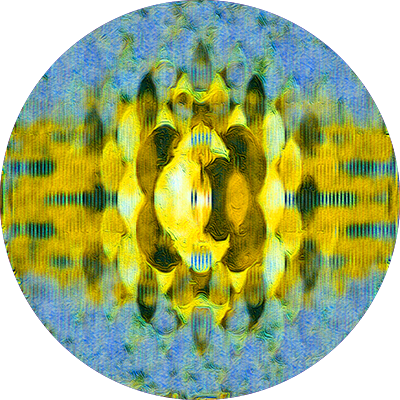
Harnessing higher dimensions with experimental computational microscopy
Prof. Timothy Pennycook
Main Research Areas
- Physics and Materials Science
- Scanning transmission electron microscopy (STEM)
- 4D STEM
- Electron ptychography
The behavior of materials is determined by the quantum mechanical interaction of their atoms. With electron microscopy we can see these fundamental building blocks of materials. My research develops this ability and applies it to understanding of a wide range materials.
Recording the details of the angular dependence of the electron scattering as a function of probe position allows a much richer four dimensional dataset to be analysed in ways which were not previously possible with conventional 2D STEM.
An important class of computational imaging methods made possible by 4D STEM, ptychography is an extremely dose efficient form of imaging which provides significantly clearer images of materials.
Speed is of the essence in STEM and conventional camera technology severely retards 4D STEM scan speeds. We have removed the camera as a bottleneck to speed in 4D STEM with event driven camera technology, greatly facilitating distortion free 4D STEM and low dose operation with time resolution on the order of nanoseconds.
STEM has become the mainstay technique for atomic resolution imaging in materials science due to the atomic number contrast of the annular dark field (ADF) imaging mode. However a prominent deficiency of ADF imaging is an inability to easily reveal light atoms when they are neighbored by heavy elements. Focused probe ptychography now fills this gap, completing the picture of which atoms are where, particularly when performed with a focused probe configuration within a normal rapid scan ADF imaging pipeline.
Combining the best of Z-contrast and phase imaging, simultaneously!
With modern aberration correctors, sub-Angstrom optical resolution is now routine in electron microscopy. However resolving a material at this resolution is often not so easy. Many materials damage easily when bombarded by high energy electrons! Thus our imaging capabilities must provide enough signal to resolve a structure with fewer beam electrons than destroy it. The above combination of tools greatly advance our ability to do this with enhanced quantum efficiency via both imaging technique and hardware. The goal is to make the best use of every electron in the beam.
We are investigating focused probe cryo ptychography for single particle analysis of proteins.
Charge density is fundamental to the quantum mechanics of materials and their properties. The phase sensitivity of ptychography is great enough that the transfer of single electrons can be detected.
With simultaneous ptychography and atomic number contrast imaging we have enhanced the ability to determine the 3D structure of few atomic layer materials at minimal dose using a minimal amount of tilt angles using a few tilt tomography algorithm.